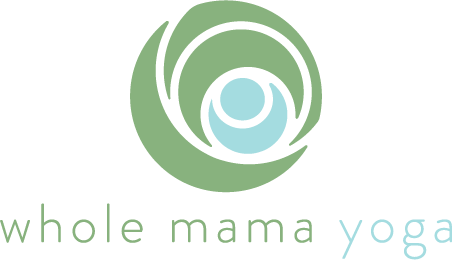Keep It Simple: Pigeon Pose
We are supposed to approach everything with total equanimity, right? To breathe (metaphorically speaking, at least) in those core quaking and shaking poses just as fully and easily as we do in child’s pose, right? (Insert LOL emoji here) It is a practice, after all, and poses that feel really good in our bodies are just easier to love.
If you can identify a pose that you avoid at all costs just as easily as you can identify one that brings you an internal sigh of relief, well, you’re not alone. Camel (Ustrasana) is totally my asana nemesis. It continues to be a challenge to my equanimity, my breath, my willingness to be with the more challenging emotions of frustration and the physical challenge of finding mobility in my upper back, without dropping into my lumbar spine.
Pigeon is a different story.
My dear friend Lindsey used to spend ten minutes in pigeon (technically pigeon prep but, really, there is nothing preparatory about any pose) every night before bed. For months, I thought it was because she loved it the same way I do. It turns out that, for those with tighter hips and less externally rotated femur bones, it’s not quite as pleasant a place. She practiced pigeon every night not because it felt good in her body, but because she wanted to feel better in her body. Sometimes that requires hanging out in uncomfortable places for a little longer than we really want.
To Lindsey, pigeon was challenging and uncomfortable and felt really different on her tighter side than it did on her more open side. She came into pigeon every night to challenge herself to breathe and be present in a physical space that felt foreign to her body. Of course, there’s always the very human element of wanting to “get somewhere” as we practice, even as we acknowledge that the practice itself is a question, an inquiry, not necessarily an entry point to someplace else. Pigeon became both for her, though; a way to be in her body as it currently existed, and as a way to be with her body as it began to open and shift.
I love yoga.
Every pose, whether it’s one you welcome with a sigh of relief or resign yourself to with a small groan, provides the possibility of insight.
Looked at simply, a pose is just a physical shape your body takes. Pigeon just requires that we draw one bent knee forward and extend one leg back and be there for a little while. Internally, though, it can be a pose that is entirely easeful or one that is intricately challenging. It could be impossible because your knees don’t like it, or fully accessible because your hips naturally rotate externally. Pigeon, as a pose, is entirely neutral to your relationship with it. As with all yoga, it merely prompts us to observe what comes up for us when we assume its shape.
I’ll breathe a contented sigh. Lindsey will just try to breathe.
We’ll practice camel pose next.

